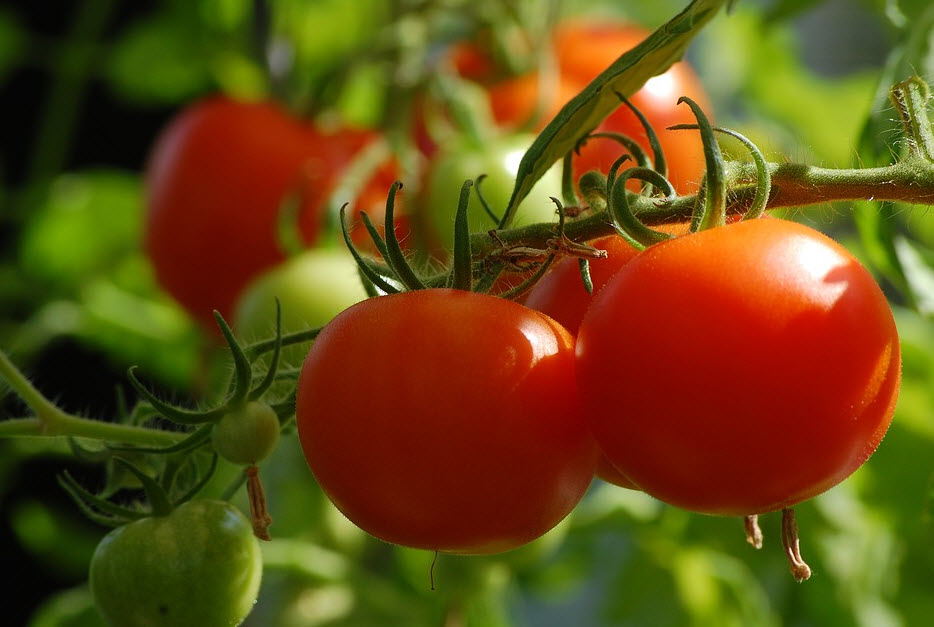How to Grow Hydroponic Tomatoes
by Kevin
Growing hydroponic tomatoes is one of the newest and hottest trends in gardening and it’s well worth it for both merchants and home users alike. Find out how to grow them in the following article.
With 5 billion pounds of tomatoes being bought each year in the United States only, you can see why growing them hydroponically is such a big thing now. Merchants grow hydroponic tomatoes and raise their prices, because there’s a high demand.
Home users grow their own hydroponic tomatoes and have a fresh source of veggies, without having to pay the sometimes incredible prices in a store. Add the ability to clone plants and your cost to produce are almost zero.
Everyone wins with hydroponic tomatoes, except of course the people that are neither merchants, producers or home gardeners…and that’s the majority of us.
If you’re spotting the advantages of growing hydroponic tomatoes and would like to try it yourself, or if you’re already a gardener with some experience in the field and you would like to replace your current yields with tomatoes, this guide will try to help you out.
Let’s take a look at what hydroponic tomatoes need in terms of temperature, light and humidity.
Hydroponic Tomatoes – Light

Tomatoes are rather tricky when it comes to light and they’re definitely not as straight forward in their demands as several other veggies and fruits.
In theory, the perfect light intensity for tomatoes is around 1000 foot-candles and they should be exposed to this kind of light 18 hours a day. Because they’re long day plants, tomatoes use mostly the blue part of the light spectrum, so a metal halide high intensity discharge lamp is best if you’re growing the plants indoors and they don’t have direct access to natural sunlight.
I said this is the perfect lighting for tomatoes in theory, because controlled tests have shown that using shadecloths to partially cover the light amount that they receive can be beneficial in the long run, producing up to a 30% higher yield count.
This was tested with natural sunlight though, so if you’re growing your hydroponic tomatoes using an artificial light system, there’s no need to try out shading.
Hydroponic Tomatoes – Temperature
Tomatoes pretty much need the standard temperatures that you’d normally use for growing vegetables, namely around 22-26C (70-80F) during the day and approximately 5C (10F) lower during the night.
Exceeding these values by anywhere near 10C degrees higher or lower will have disastrous results on your plants. Stunted growth, nutritional unbalancing and even death could soon settle in.
Hydroponic Tomatoes – Humidity
Tomatoes love water and they require loads of it, but this also means that they need to transpire it out during photosynthesis. This forms moderate levels of humidity that need to be controlled (through good air circulation and ventilation) or your plant’s nutrient intake might get affected.
In tomatoes, high humidity will especially affect calcium intake, creating deficiencies that could have long-lasting negative effects.
If you have the ability to measure the humidity levels you keep your hydroponic tomatoes in, you should try edging them out to around 70% (80% during night time). This translates to a VPD value of 0.5 kPa.
Thoughts on "How to Grow Hydroponic Tomatoes"
 |
 |
 |
 |
Hydroponics Tips